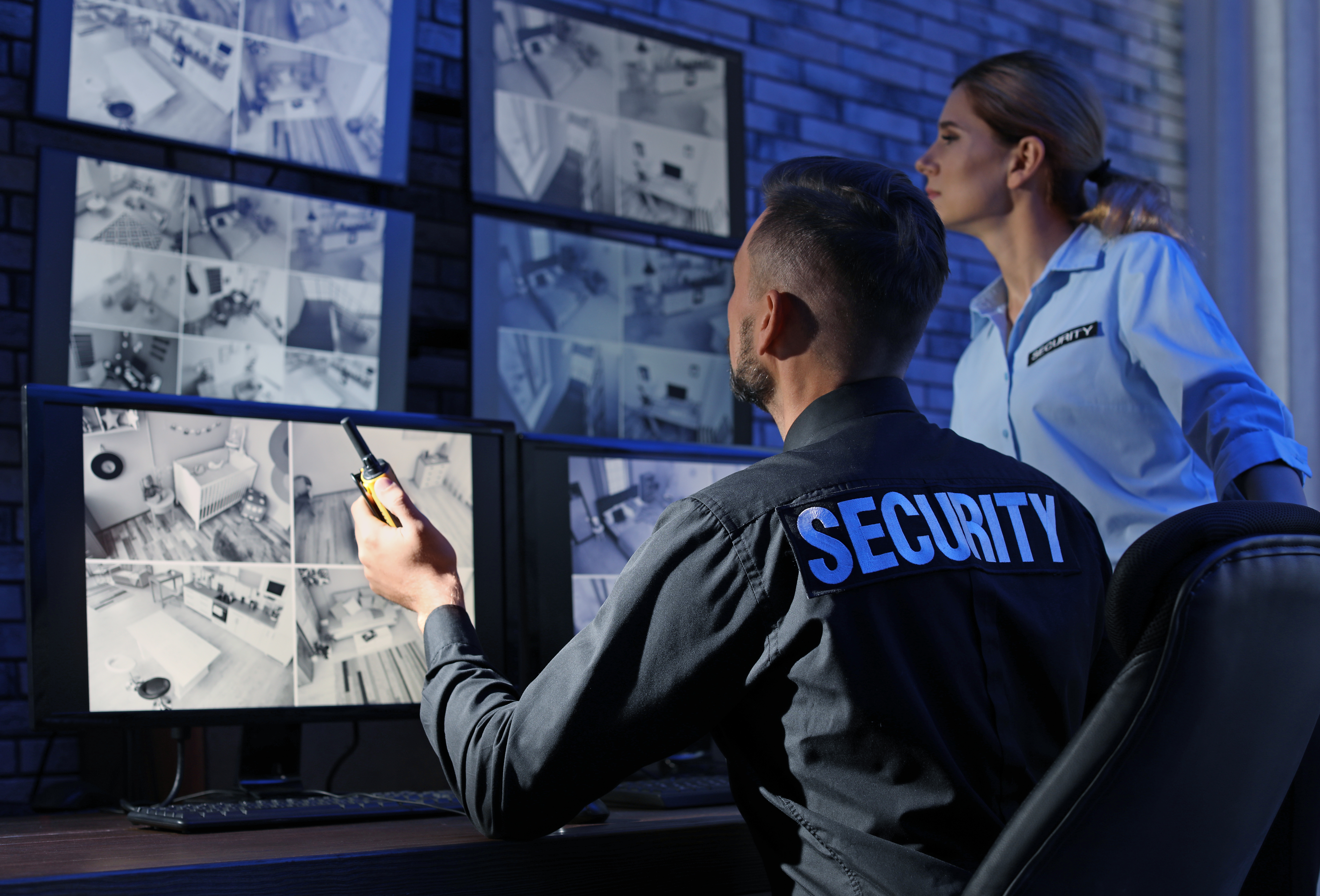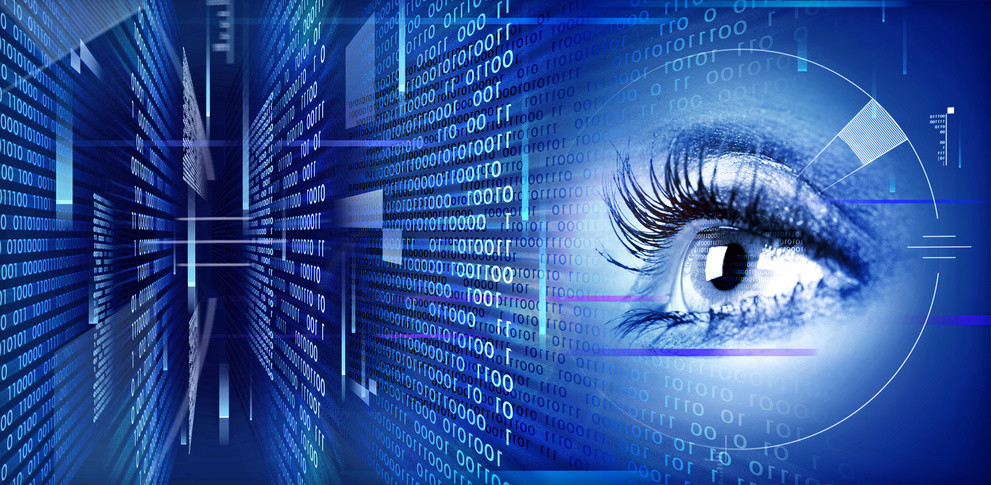Unleashing the Power of Corporate Security: A Comprehensive Guide
Wiki Article
From Cybersecurity to Physical Actions: Reinforcing Corporate Safety in a Changing World
By incorporating the staminas of both cybersecurity and physical security, firms can produce a thorough protection approach that resolves the diverse array of dangers they encounter. In this conversation, we will certainly explore the changing danger landscape, the demand to incorporate cybersecurity and physical safety, the application of multi-factor authentication measures, the importance of staff member awareness and training, and the adaptation of safety and security actions for remote workforces. By checking out these vital locations, we will acquire useful insights right into exactly how organizations can strengthen their company safety in an ever-changing globe.Comprehending the Altering Hazard Landscape
The advancing nature of the contemporary globe requires a thorough understanding of the altering danger landscape for efficient business safety and security. In today's interconnected and electronic age, hazards to business protection have actually become extra intricate and innovative. As innovation advancements and companies end up being increasingly reliant on electronic facilities, the possibility for cyberattacks, data violations, and other protection breaches has actually considerably increased. It is essential for companies to remain informed and adapt their protection measures to attend to these progressing hazards.One secret element of comprehending the changing danger landscape is acknowledging the different types of threats that organizations face. Additionally, physical risks such as burglary, vandalism, and business espionage continue to be widespread worries for organizations.
Tracking and examining the risk landscape is necessary in order to recognize potential risks and vulnerabilities. This includes remaining upgraded on the most current cybersecurity trends, analyzing hazard knowledge reports, and performing normal danger assessments. By recognizing the transforming hazard landscape, organizations can proactively implement proper safety and security procedures to minimize risks and shield their assets, credibility, and stakeholders.
Integrating Cybersecurity and Physical Security
Incorporating cybersecurity and physical security is important for comprehensive business protection in today's interconnected and electronic landscape. As companies significantly depend on technology and interconnected systems, the borders between physical and cyber hazards are ending up being obscured. To successfully safeguard versus these threats, a holistic technique that incorporates both cybersecurity and physical protection procedures is important.Cybersecurity focuses on safeguarding electronic assets, such as systems, networks, and data, from unauthorized accessibility, disturbance, and burglary. Physical safety and security, on the various other hand, incorporates measures to secure physical properties, individuals, and facilities from vulnerabilities and dangers. By incorporating these 2 domains, organizations can attend to susceptabilities and dangers from both physical and electronic angles, thereby enhancing their total safety pose.
The assimilation of these 2 disciplines enables a more extensive understanding of safety dangers and allows a unified feedback to incidents. For instance, physical access controls can be enhanced by incorporating them with cybersecurity protocols, such as two-factor authentication or biometric recognition. Cybersecurity steps can be matched by physical protection measures, such as security electronic cameras, alarm systems, and safe and secure gain access to points.

Implementing Multi-Factor Verification Measures
As organizations increasingly prioritize extensive protection measures, one reliable strategy is the execution of multi-factor verification actions. Multi-factor authentication (MFA) is a protection method that calls for individuals to provide multiple forms of identification to access a system or application. This strategy adds an added layer of defense by integrating something the customer recognizes, such as a password, with something they have, like a protection or a fingerprint token.By applying MFA, companies can significantly boost their protection pose - corporate security. Traditional password-based verification has its limitations, as passwords can be easily endangered or neglected. MFA mitigates these dangers by adding an additional verification element, making it more challenging for unapproved individuals to gain accessibility to delicate details
There are numerous sorts of multi-factor authentication approaches available, consisting of biometric authentication, SMS-based verification codes, and hardware symbols. Organizations require to assess their details needs and select the most proper MFA service for their needs.
Nonetheless, the execution of MFA ought to be thoroughly prepared and executed. It is crucial to strike an equilibrium between safety and functionality to avoid customer aggravation and resistance. Organizations should likewise consider prospective compatibility problems and provide sufficient training and assistance to guarantee a smooth shift.
Enhancing Staff Member Recognition and Training
To enhance corporate protection, companies need to prioritize boosting employee recognition and training. In today's swiftly advancing risk landscape, staff members play a vital function in safeguarding an organization's delicate information and possessions. Numerous safety breaches happen due to human mistake or lack of understanding. As a result, organizations need to purchase thorough training programs to enlighten their workers concerning possible risks and the finest practices for minimizing them.Efficient worker recognition and training programs should cover a variety of topics, including data defense, phishing strikes, social design, password health, and physical security measures. These programs should be tailored to the details needs and responsibilities of different employee duties within the organization. Routine training sessions, simulations, and workshops can help employees create the necessary abilities and expertise to determine and respond to safety risks efficiently.
Furthermore, companies ought to urge a culture of security recognition and supply ongoing updates and tips to maintain staff members notified concerning the most current find more info threats and mitigation techniques. This can be done via internal interaction channels, such as e-newsletters, intranet websites, and email campaigns. By cultivating a security-conscious workforce, companies can dramatically lower the likelihood of security events and shield their important properties from unapproved gain access to or compromise.

Adapting Protection Procedures for Remote Labor Force
Adjusting company security actions to accommodate a look at this now remote workforce is important in making sure the security of delicate details and properties (corporate security). With the increasing trend of remote work, companies need to apply ideal security procedures to minimize the risks related to this brand-new means of functioningOne crucial aspect of adjusting safety measures for remote job is developing safe communication channels. Encrypted messaging systems and digital personal networks (VPNs) can assist safeguard sensitive information and avoid unauthorized access. In addition, organizations ought to enforce the use of solid passwords and multi-factor authentication to enhance the safety of remote gain access to.
One more important factor to consider is the application of secure remote accessibility options. This includes providing staff members with secure accessibility to business resources and information through digital desktop framework (VDI), remote desktop computer procedures (RDP), or cloud-based solutions. These innovations ensure that sensitive details remains protected while allowing staff members to perform their functions effectively.

Lastly, thorough safety and security understanding training is crucial for remote staff members. Training sessions ought to cover finest methods for safely accessing and taking care of sensitive info, determining and reporting phishing attempts, and preserving the general cybersecurity health.
Verdict
In verdict, as the hazard landscape proceeds to evolve, it is crucial for companies to strengthen their security gauges both in the cyber and physical domains. Integrating webpage cybersecurity and physical safety and security, implementing multi-factor verification measures, and improving employee recognition and training are important actions towards achieving robust company security.In this conversation, we will discover the altering hazard landscape, the requirement to incorporate cybersecurity and physical safety and security, the execution of multi-factor authentication actions, the significance of employee awareness and training, and the adaptation of safety and security measures for remote workforces. Cybersecurity measures can be matched by physical protection steps, such as security cameras, alarms, and secure accessibility points.
As organizations significantly focus on thorough protection steps, one reliable approach is the implementation of multi-factor verification actions.In conclusion, as the risk landscape proceeds to progress, it is crucial for companies to strengthen their safety gauges both in the cyber and physical domain names. Integrating cybersecurity and physical safety and security, applying multi-factor verification measures, and improving employee awareness and training are necessary actions in the direction of attaining robust corporate safety and security.
Report this wiki page